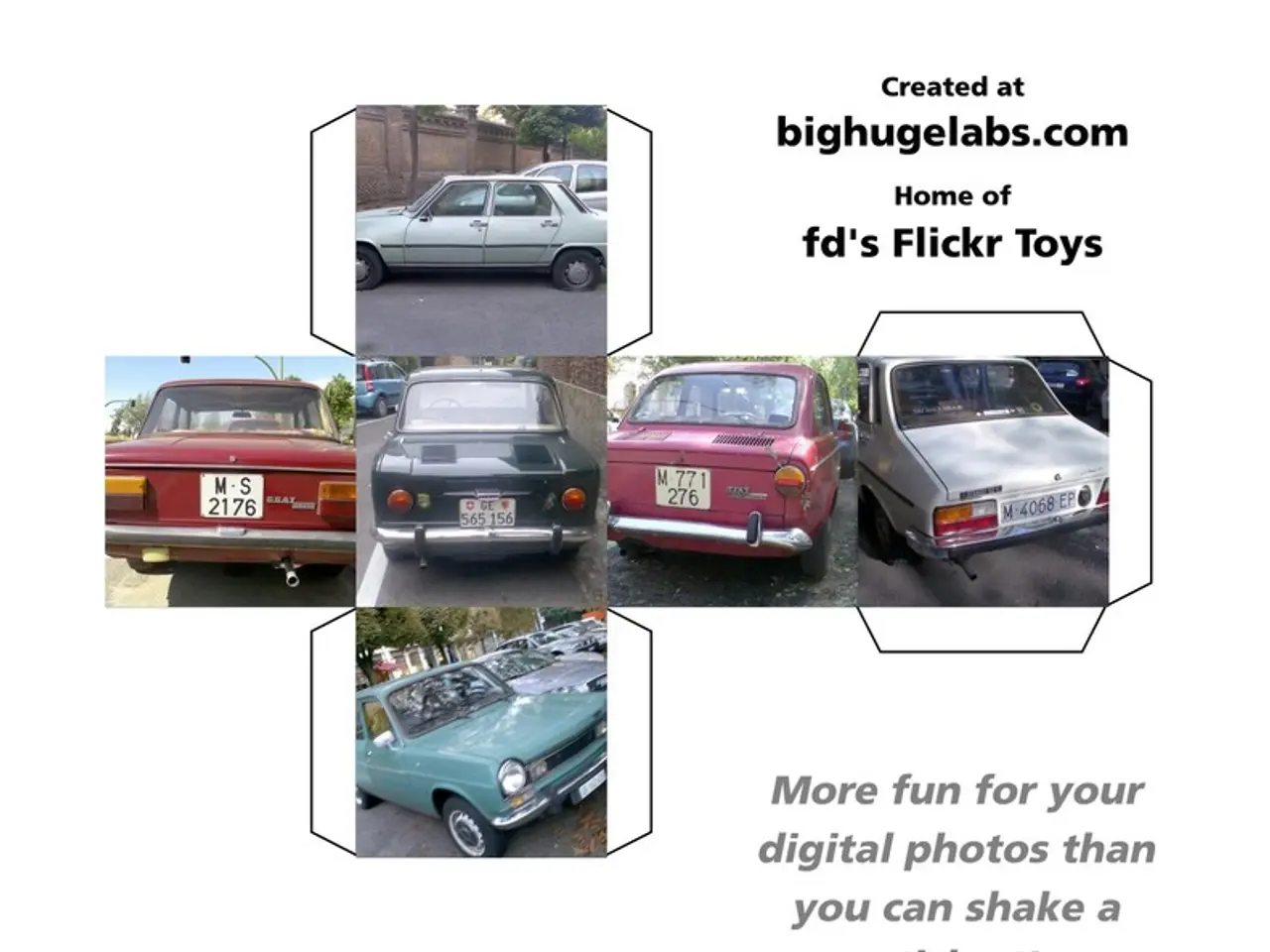In this scenario, the cost difference between respectively traveling 240 miles in a Honda Prologue for $29 and achieving 530 miles with a Honda Civic Hybrid for $37, reveals that the cost advantage of electric vehicles (EVs) has completely disappeared.
The Honda Prologue, a mid-size SUV built on GM's BEV3 platform, is making waves in the electric vehicle (EV) market. With its sleek design and impressive performance, the Prologue offers a lot to be excited about. However, a closer look at the cost of home-charging reveals a different story, particularly for Californian owners.
Owning an EV requires managing one's entire energy life, and the Prologue is no exception. Factors like where one lives, utility charges, and the cost of battery storage all come into play. In California, home-charging for Honda Prologue EVs can be more expensive than fueling a hybrid, primarily due to the higher electricity costs and potential installation expenses of home EV charging stations.
Home EV charging requires specially installed charging equipment (Level 2 chargers), which involves upfront costs for purchase and installation on top of the electricity usage itself. Honda offers charging packages, including home charging stations, but these add to the cost compared to simply fueling a hybrid with gasoline at a pump.
Electricity prices in California are among the highest in the U.S., and residential rates may be higher during peak hours. This contributes to higher per-mile costs when charging an EV at home compared to relatively low gasoline prices for a hybrid car.
In addition, the Prologue uses the Combined Charging System (CCS) and requires a special adapter to use Tesla’s North American Charging System fast chargers, adding additional cost for public or fast charging.
The Prologue seats up to five passengers across two rows and does not offer a third-row seating option. FWD versions of the Honda Prologue deliver up to 296 miles EPA-rated range, while AWD trims offer roughly 273-281 miles per charge. The Prologue's motor can produce up to 288 hp (dual motor AWD).
However, the reality of EV ownership can diverge sharply from the aspirational lifestyle projected in electric vehicle ads. One Prologue owner observed that it costs $29 to charge at home for 240 miles of range, while $37 at Costco provides 530 miles of range in a hybrid vehicle.
Moreover, the Prologue's ownership experience is being affected by utility companies, specifically PG&E in California, due to its rate structures and spiking peak-hour costs. Peak residential electricity rates under PG&E can be as high as the cost of filling up a diesel Sprinter.
Some early owners have reported public charging issues, with drivers unable to initiate charging at functioning stations, described as a key usability concern. Commercial charging can cost $30 for just 225 miles, which is functionally similar to gas pricing.
Despite these challenges, solar panels on the Prologue can produce power, but without storage or a time-of-use optimization system, they do not necessarily reduce the actual charging cost. A Redditor named AlwaysUnseen stated that strategic charging during off-peak hours (11 PM to 6 AM) does not always prevent costs from remaining discouragingly high.
In conclusion, while the Honda Prologue offers impressive performance and design, the cost of home electricity plus the equipment/installation costs combine to make home-charging a Honda Prologue EV in California typically more expensive than fueling a hybrid gas vehicle. This underscores the need for a mature, relatively low-cost fueling infrastructure and fuel prices lower than California’s residential electricity rates to make electric vehicles a viable and affordable choice for all.
- The cost of home-charging a Honda Prologue EV in California can be more expensive than fueling a hybrid vehicle, as higher electricity costs and potential installation expenses for home EV charging stations add to the overall cost.
- In California, the Ownership experience of the Honda Prologue is affected by utility companies, specifically PG&E, due to its rate structures and spiking peak-hour costs.
- Public charging can be costly, with a single charging session costing around $30 for 225 miles, which is functionally similar to gas pricing, posing a challenge for EV owners.




